Beach of the Cathedrals, or Playa de Las Catedrales in Spanish, is situated in the municipality of Ribadeo in the province of Lugo (Galicia), on the Cantabric coast, about ten kilometres to the west from the town of Ribadeo. Although its true name is Holy Waters Beach (Augasantas), it is called ‘the Cathedrals’ because of its giant rock formations that reminds of the flying buttresses of cathedrals.
The most striking feature of the beach are the cluster of impressive rock formations. Erosion by wind and the powerful sea have sculpted arches over thirty meters high which can be seen in all its glory at low tide. During low tide you can appreciate the size of its magnificent cliffs and the picturesque sea caves, which go from small cracks on the rock to big caves whose roofs collapse due to the erosion of the waves. Also during low tide you can gain access to a sand deposit delimited by a rocky wall made from slate, dozen-meters-long caves, sand corridors between rocky blocks and many other curiosities.

When low tide is lower than usual, you access to the nearby beaches through the sand extension. However, it is advisable to be back before the water starts to cover the beach again, which happens very quickly, since the coast stretch is almost horizontal.
The beach is great to visit at high tide too. During high tide, the beach appears quite small, but is still suitable to go for a swim. High tide is an interesting time to visit the place and wander over the top of the cliffs, from West to East, heading to the Esteiro Beach.
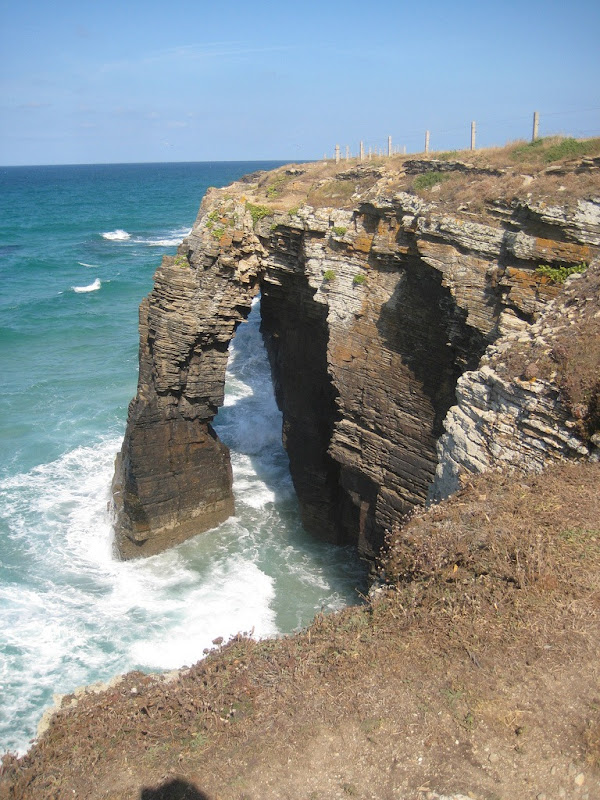
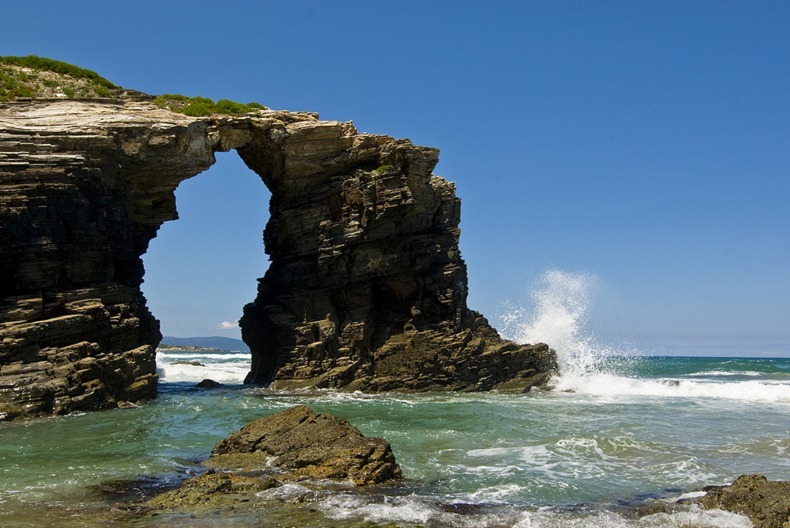
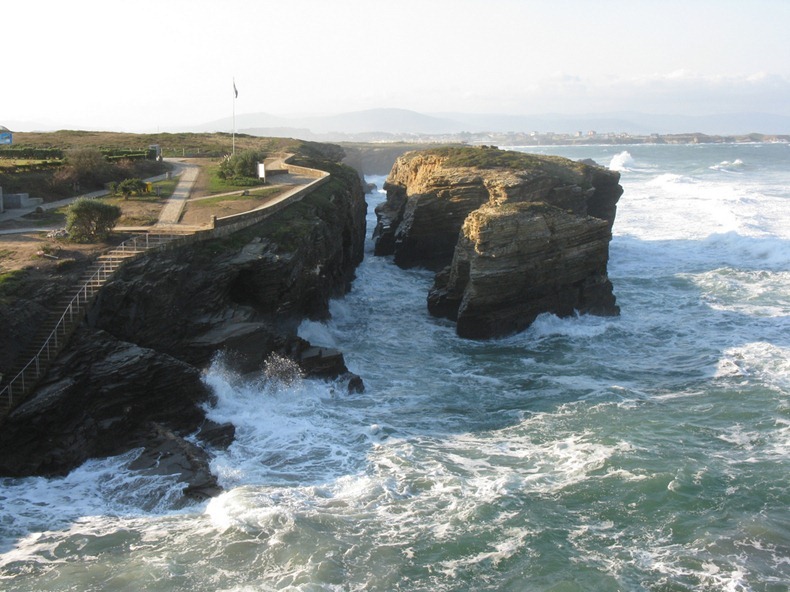

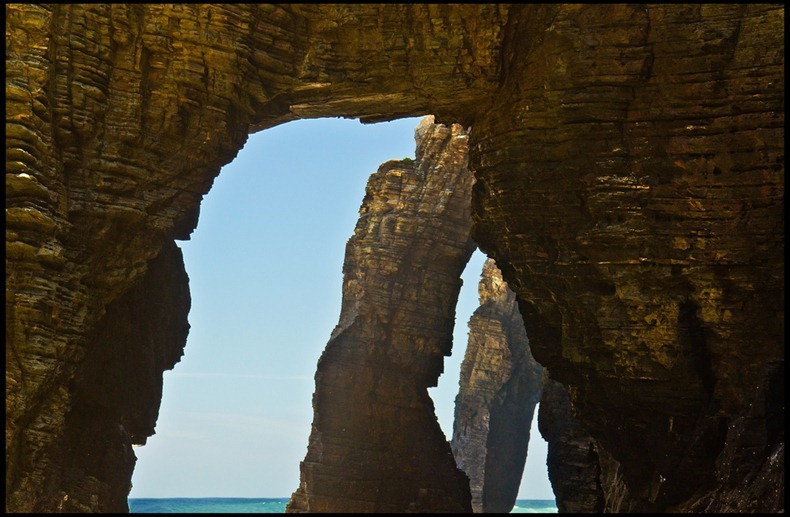
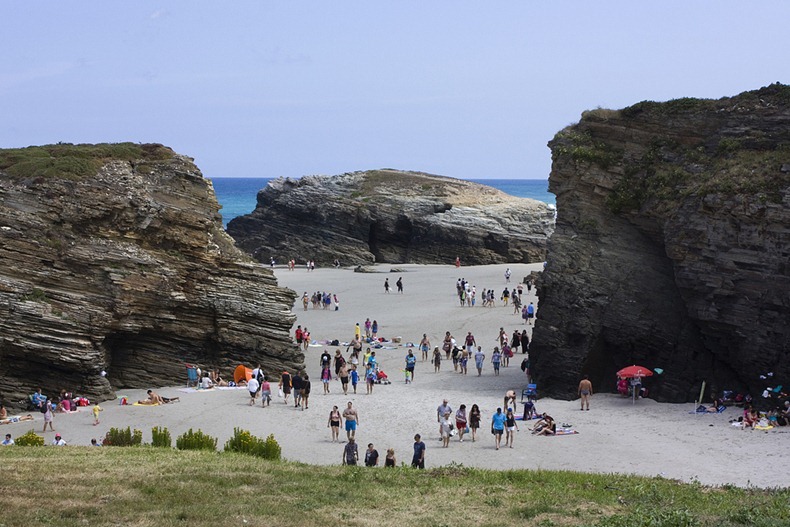



I knew it... Only small birds use it for either breeding or roosting. Pygmy falcons do also, but end up predating their guests instead! As to larger birds such as vultures and owls, all they do is use the large nest as a base to build their own nest.
ReplyDeleteI'd also like to correct myself: the most photographed Earth feature from space is the giant dunes at the edge of the Kalahari on the west coast of Namibia. They're something to behold! Check them out everybody...
ReplyDeleteAlso, if some of you speak other languages, go check them out on Wikipedia as some have a lot more about this bird and its giant nests than the English version. I just read there that the nests can be 4m tall (for the ones built height-wise) or 7m long (for those built length-wise)!!!!!! And sometimes, they can be so heavy that they break the tree or phone pole!!!
ReplyDeletewow! what kind of rock are the sea caves?
ReplyDeleteI spent 2 weeks in Spain last month. I will plan anıther trip and want to see this as well. 👍
ReplyDelete